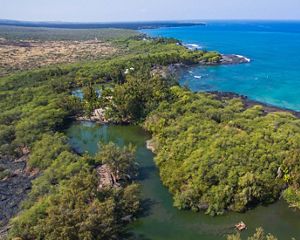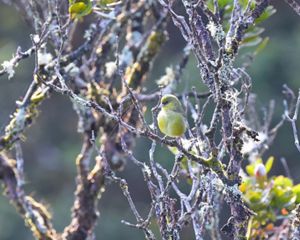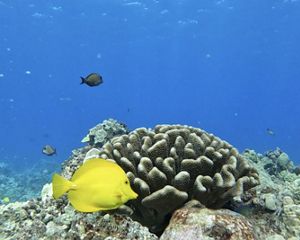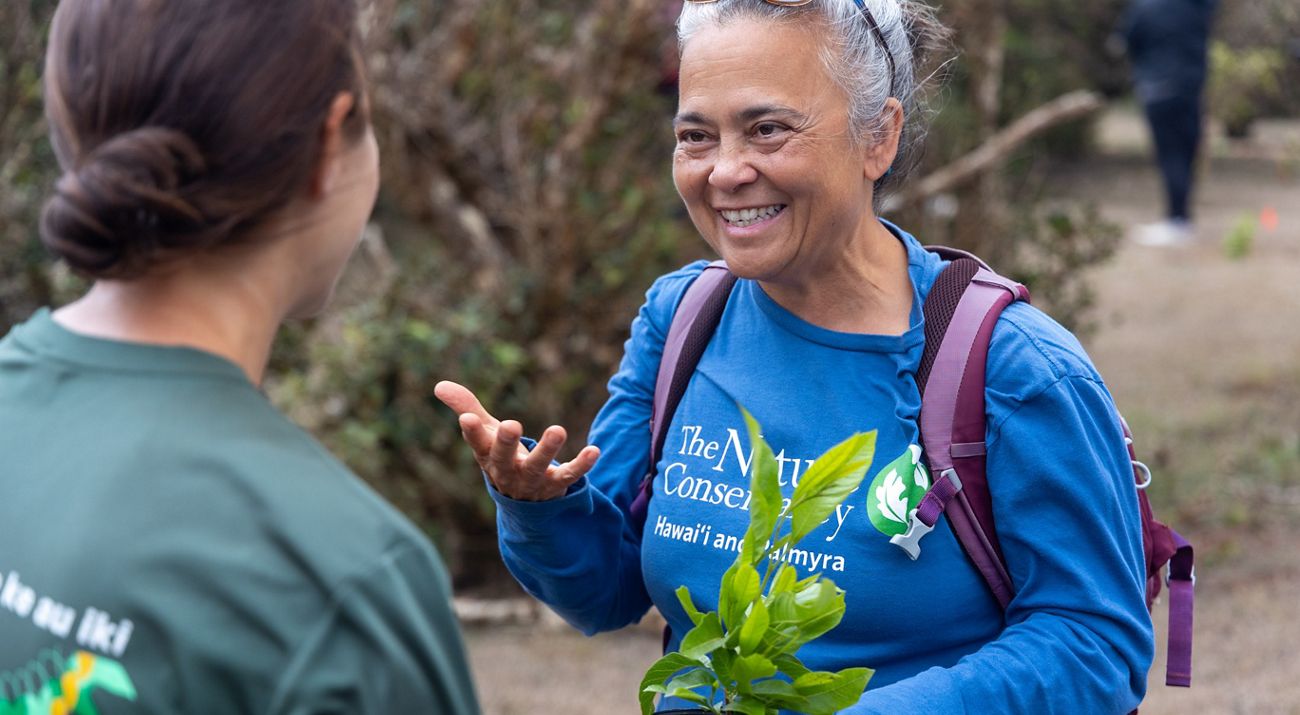
Pilina—the reciprocal relationship between nature and people—is central to Hawaiian culture, and strengthening it for all who love Hawaiʻi is crucial for our health and resilience.
From the forests of Molokai to the reefs of Olowalu-Ukumehame to the wetlands of Heʻeia, none of TNC’s conservation efforts would be possible without also working directly with communities who have invited us in to help implement science, policy and management.
Working with people who have stewarded lands and waters for generations strengthens our efforts to protect nature through ancestral knowledge, cultural connection and shared responsibility. These partnerships, grounded in trust and respect, are vital to achieving lasting impact for nature and communities alike.
In Hawaiʻi, it’s in our nature to protect what matters.
How We Nurture Pilina
To deepen the reciprocal relationship between nature and people, we will:
- Inspire Action: Connect people and nature to increase engagement, build capacity and foster support for stewarding ‘āina.
- Strengthen Collaboration: Expand partnerships to mālama native ecosystems and support communities.
- Honor Knowledge: Apply Indigenous and contemporary science and traditional knowledge to solve our most challenging conservation problems; honor and elevate Indigenous culture in our work.
Quote: Ulalia Woodside Lee
We can help Hawaiʻi prosper if we restore a reciprocal relationship with the natural world. Ho‘ōla ‘āina, ho‘oulu lāhui: Bringing health to nature, allows us to thrive.
Inspiring Action
By fostering relationships with ʻāina, we inspire stewardship, strengthen local capacity, and cultivate a shared sense of responsibility for Hawaiʻi’s unique ecosystems. Collaborative projects between local communities and conservation organizations provide economic opportunities that enable people to live in and care for Hawaiʻi and enshrine conservation practice in daily living. Whether we’re restoring coastal and marine ecosystems at Kealakekua Bay or helping shearwaters return to TNC’s Mo‘omomi Preserve, TNC works closely with community partners to help create solutions that will ripple out and have long-lasting effects.
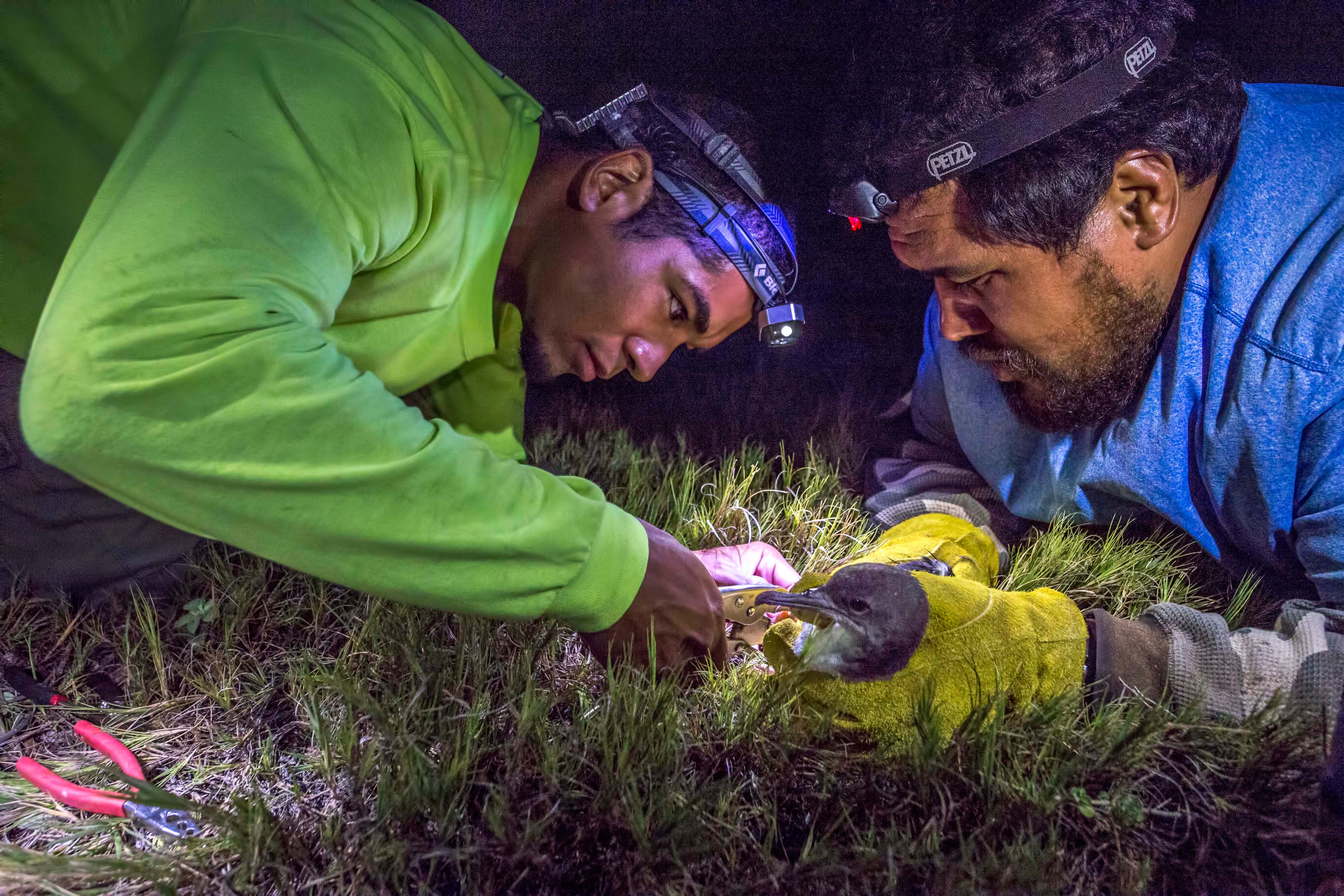
Banding Together: Return of the Shearwaters
In 1997, there were just two wedge-tailed shearwater nests on TNC’s Mo‘omomi Preserve on Molokai. These beautiful birds lay a single egg once a year. Since then, TNC's efforts to clear away invasive kiawe trees and install fences to keep out invasive animals led to the birds establishing a colony in the thousands.
Each Fall, TNC staff teams up with partners, donors and volunteers for the annual wedge-tailed shearwater chick banding effort. In the Spring, we again gather with partners and volunteers at dusk to count adults. Today there are more than 3,000 shearwaters across 19 acres at Mo‘omomi, the largest colony in Maui County.
Mo‘omomi is a rare coastal dune ecosystem, a holdover from an ancient era. Not many places like this still exist in the main Hawaiian islands, and having thriving seabird populations established in the main Hawaiian islands is important with sea level rise, which could displace birds in the Northwest Hawaiian islands.
Strengthening Collaboration
.jpg)
Collaboration is at the heart of conservation. By expanding and strengthening partnerships, TNC works alongside communities, cultural practitioners, government agencies, and local organizations to mālama native ecosystems, protect biodiversity, and support sustainable livelihoods.
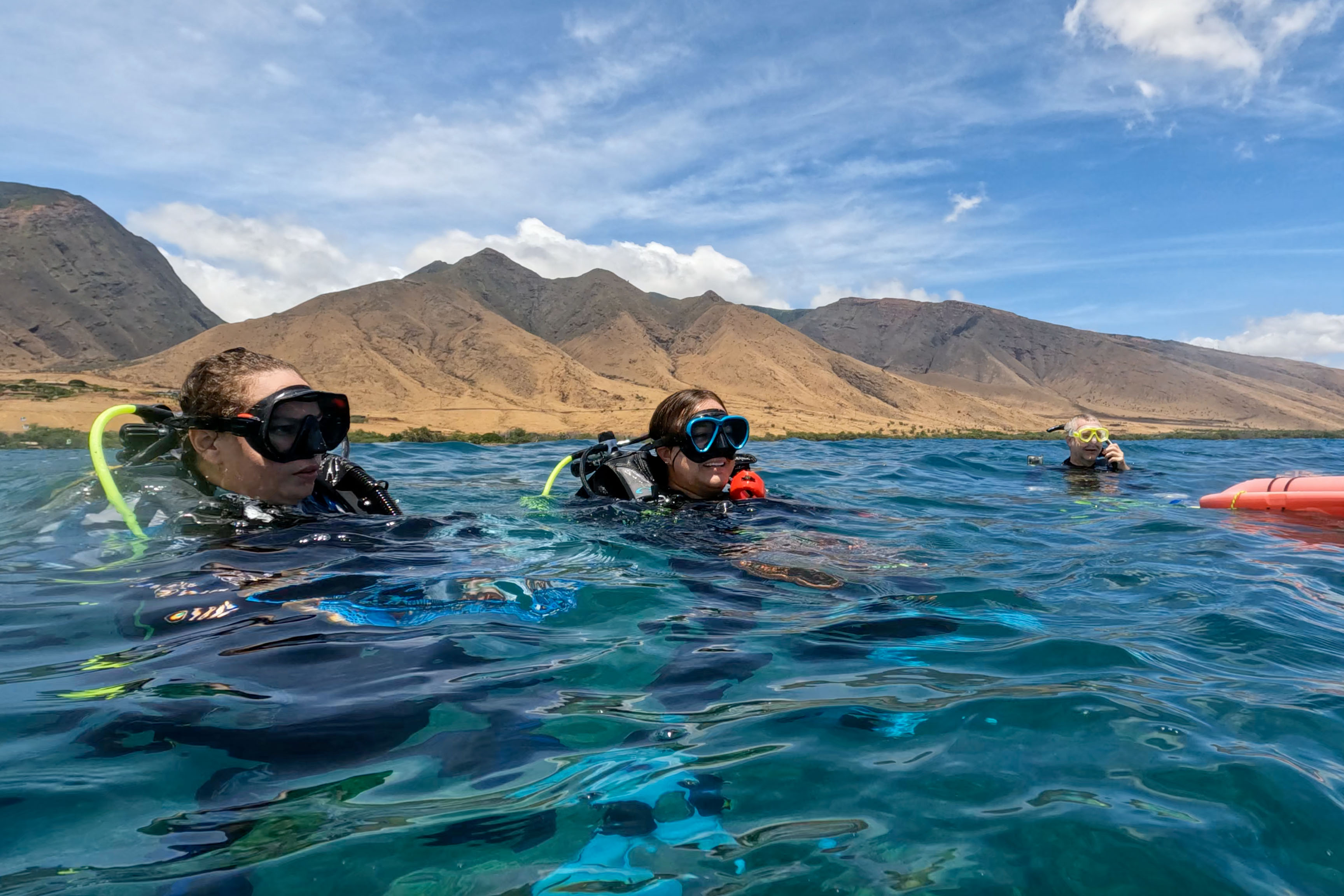
Many Hands Work Together at Olowalu-Ukumehame
TNC is working with community members, local organizations, academic institutions and federal, state and county agencies to build resilience and foster reef recovery at Olowalu-Ukumehame. This coalition of more than a dozen partners is working to restore native habitats and build resilience from the uplands to the reef.
In the uplands, our efforts focus on improving wildfire and ungulate management combined with targeted restoration to reduce erosion and sedimentation to the area’s expansive reef. These efforts will also decrease the need for man-made interventions such as catchment basins downstream. In the lowlands, we are working to restore the once expansive wetlands, which serve as natural sediment catchment and filtration systems. The wetland restoration will also increase habitat for coastal wildlife, while offering opportunities for renewed cultural practices.
Along the coast, we are engaging the community to create a shared vision to mitigate coastal erosion and flooding using nature-based solutions in concert with a coastal highway realignment project. Efforts on the reef focus on identifying the sediment thresholds of corals and the most thermally tolerant corals and the locations where they are most likely to thrive as ocean temperatures warm to help ensure successful reef restoration.
Honoring Knowledge
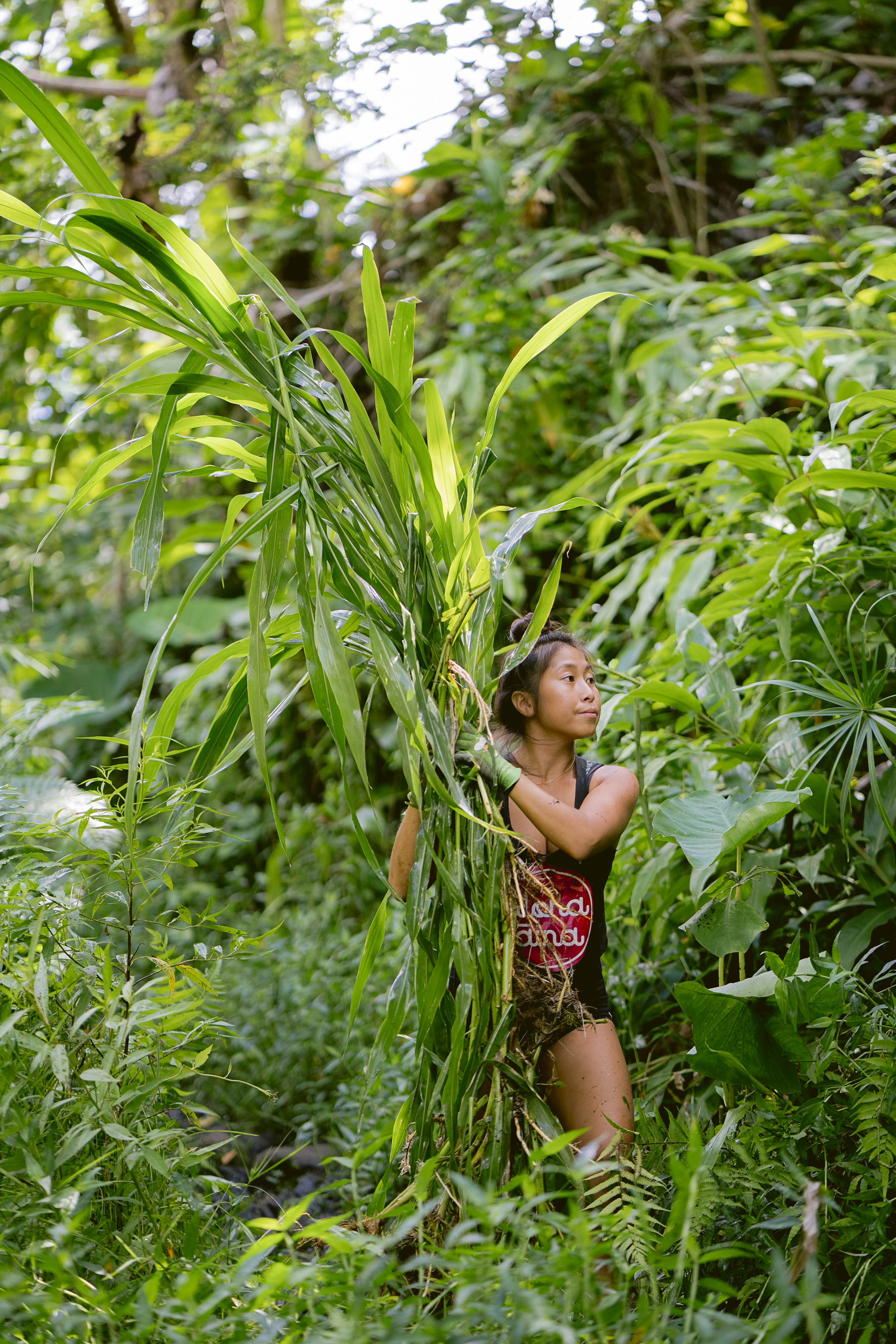
With an exceptional understanding of the natural world, Native Hawaiians developed a stewardship system that maintained healthy, productive mauka-makai habitats and abundant resources for generations. Today, TNC is supporting an ambitious and coordinated effort to revive these practices.
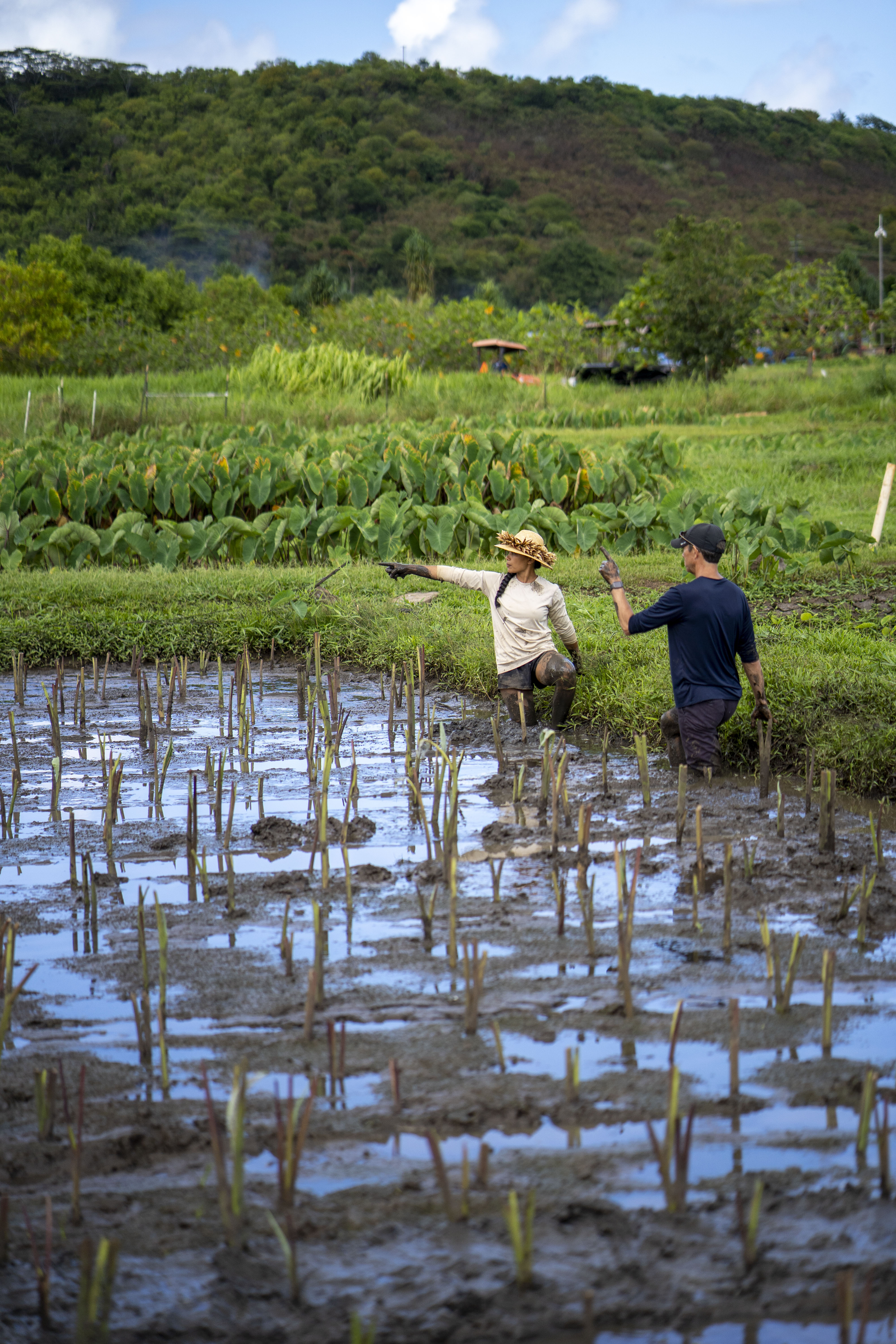
Mālama ʻĀina at Heʻeia
Born out of an initial effort from the Koʻolaupoko Hawaiian Civic Club, many groups—including some led by a new generation of Native Hawaiian leaders—have joined forces to restore health and abundance to Heʻeia ahupuaʻa (land division) through the perpetuation of traditional practices.
Historically, Heʻeia nourished Hawaiian wildlife and culture while being one of the most productive places on the island of Oʻahu. Eight streams provided habitat for larval and juvenile reef fish, invertebrates and stream species, including the endemic waterfall-climbing ʻoʻopu (goby) and hihiwai (snails). These streams converged into a wetland estuary cultivated since 1200 AD with hundreds of acres of loʻi kalo (taro fields), before flowing through an 800-year-old fishpond and into Kāne‘ohe Bay. While the wetlands serve as a haven for native waterbirds, the bay’s coral reefs, sand flats and seagrass beds provide refuge for green sea turtles, migrating whales, birthing sharks, foraging manta rays and resting spinner dolphins.
After working with the Division of Aquatic Resources to remove invasive algae smothering Kāneʻohe Bay reefs, TNC joined forces with Kākoʻo ‘Ōiwi to restore the wetlands and loʻi kalo as a way to reduce sediments that flow into the bay and propel algae growth. Today TNC and community partners continue to mālama this site.
Make a Difference in Hawai‘i
The Nature Conservancy works with people like you to protect Hawai'i’s spectacular diversity of life. Together, we can protect the plants and animals that share our world and support our well-being. We invite you to join the effort.

It's in our nature to protect what matters.
Sign up to receive monthly conservation news and updates from Hawai’i & Palmyra. Get a preview of Hawai’i & Palmyra’s Nature News email.

